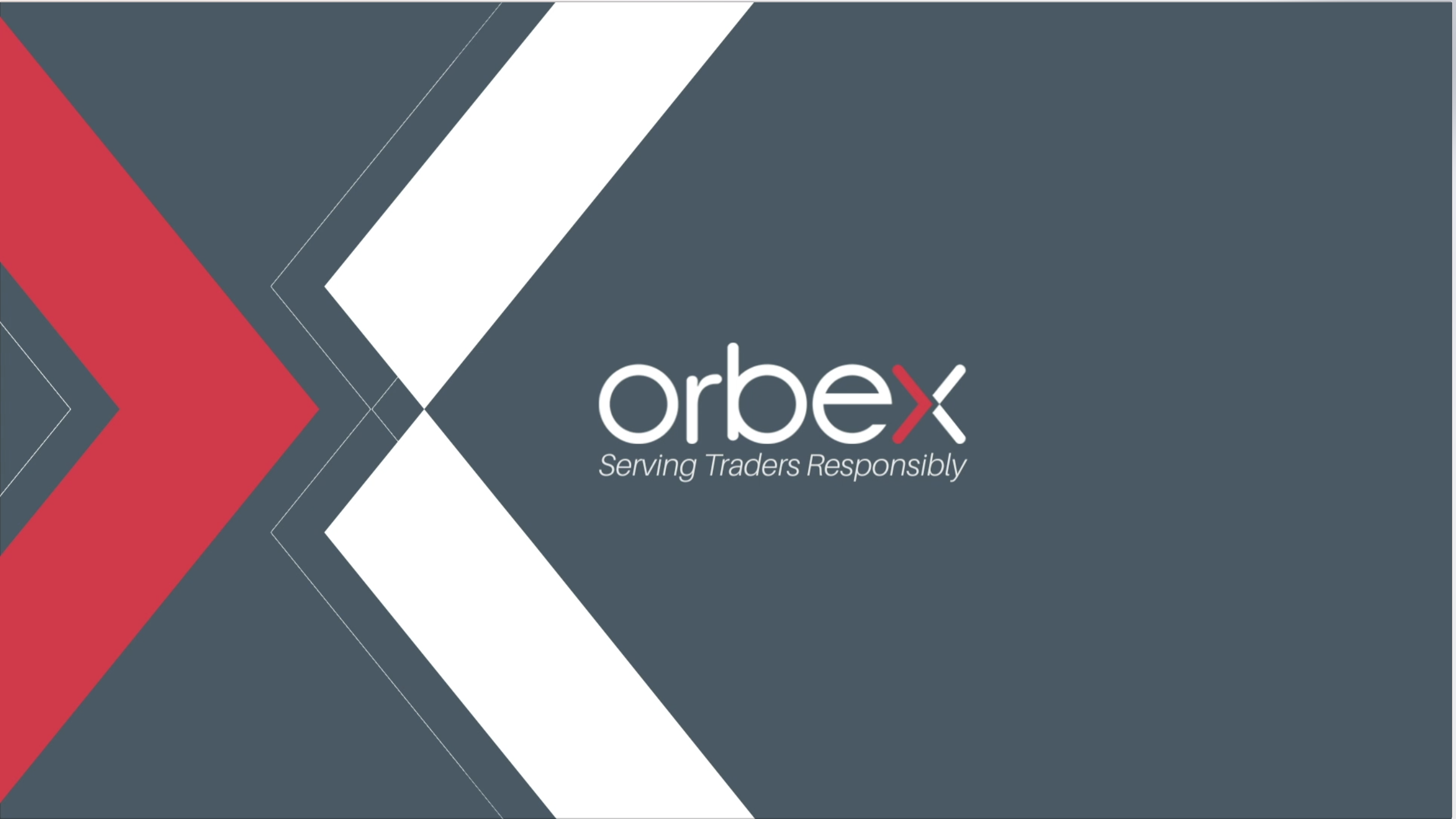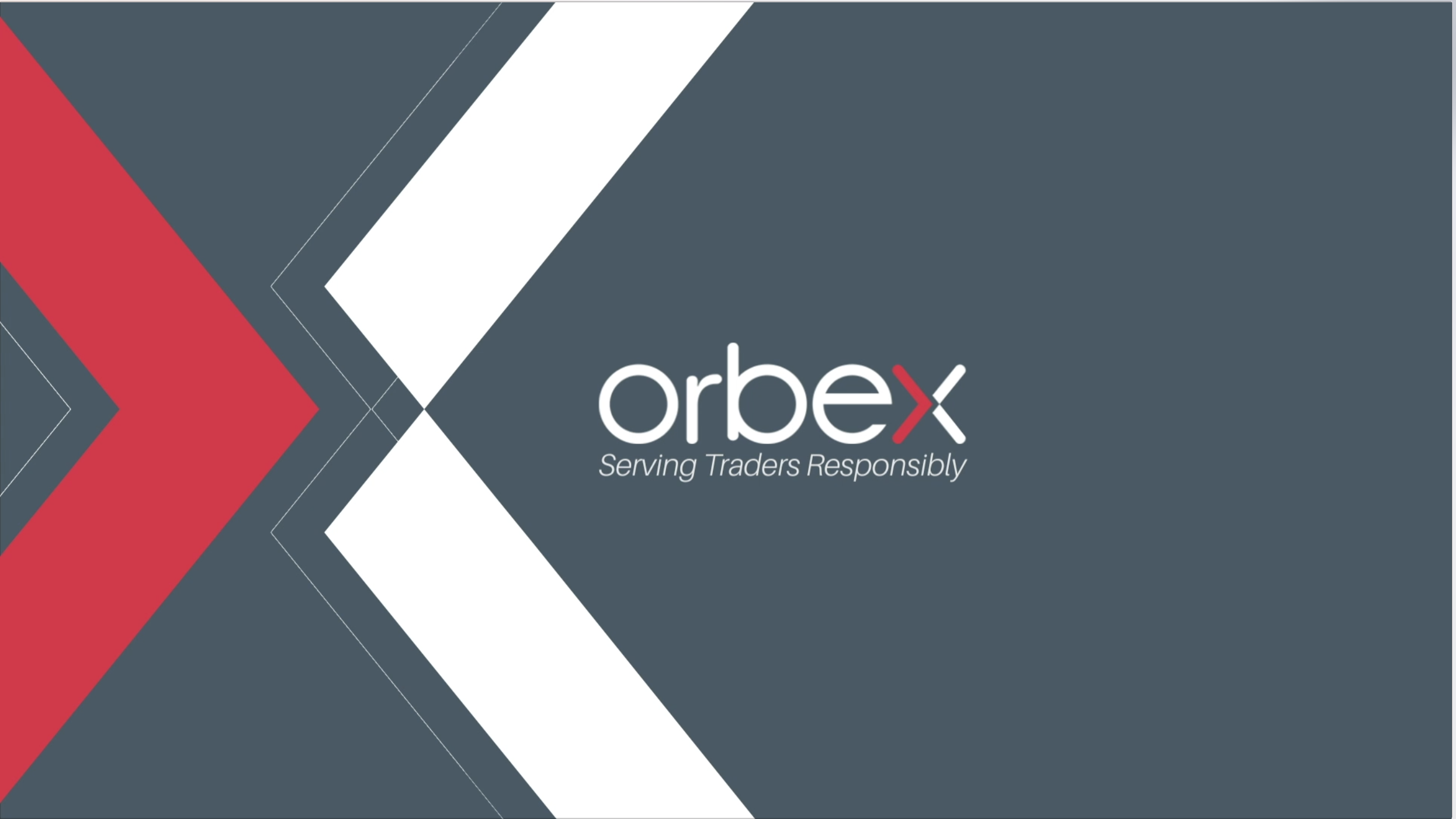China’s consumer inflation advances as PPI slows

The latest consumer prices data from China covering consumer and producer prices showed an overall increase in inflation.
Consumer inflation in China accelerated to a six month high in August. The gains came with an increase in vegetable prices while pork prices posted a soft decline.
The official data released on Monday showed that consumer price index rose 2.3% in August 2018 compared to a year ago. In July, consumer price inflation rose 2.1%, data from the National Bureau of Statistics showed last week.

Food prices gained 1.7% on the year in August compared to the year before and accelerated from 0.5% in July. Price of fresh vegetables increased 4.3% for August expanding the gains from a 3.8% increase in July. Vegetable prices added 0.11 percentage points to the headline inflation rate.
Pork prices, on the other hand, continued to post a drag. Pork prices fell 4.9% in August. The declines were soft compared to July’s decrease of 9.6%. Pork prices continued to display a drag on the inflation rate.
Non-food prices rose 2.5% from the year before compared to a 2.4% increase in July. Energy prices which include gasoline an diesel surged 19.8% from the month before to post an annual increase of 22.4% from a year back.
The inflation reading was a little higher compared to the median estimates of a 2.2% increase forecast by economists. The Chinese administration is targeting an inflation rate of 3.0% for 2018.
On a month over month basis, China’s consumer prices increased 0.7% in August from the month before. In July CPI was seen rising 0.3%.

China’s producer prices advanced 4.1% in August
Producer prices index which measures inflation at the factory gate increased 4.1% in August. This was slightly lower than July’s reading of 4.6%. The data on the producer prices index beat the median forecasts of a 4.0% increase estimated by the economists polled.
On a month over month basis, China’s PPI advanced 0.4% in August from the previous month. This was a strong increase from July’s PPI which rose 0.1% on the month.
The producer price index had cooled in August with a softening in the domestic demand. The decline in the domestic demand potentially points to a steady slowdown in China’s economy.
The softer output is a result of the increased risk of trade wars with the United States. China is currently the second largest economy.
Amid the risks of a slowdown in the economy, consumer price inflation was picking up in August indicating price pressures. The increase in inflation comes mostly on account of the rise in domestic demand.
The Chinese administration slapped the U.S. with higher tariffs on imports such as soybeans in a retaliatory measure. China is one of the biggest importers of soybeans from the United States.
The domestic policies to boost infrastructure spending could provide support to the price of industrial goods during the third quarter. This comes despite the expectation of a soft output during the period.
U.S. China trade wars remains a risk to economic growth
Both China and the United States have imposed retaliatory tariffs amount to close to $50 billion on imports. The U.S. administration remained adamant and warned that it was ready to hit China with more trade tariffs. The threats made by the United States administration could result in higher taxes on almost all imports from China
In the three months ending June 2018, China’s economy was slowing to a pace of 6.7%. Concerns remain that the world’s second-largest economy could hit a further slowdown in the coming quarters.
The People’s Bank of China has been however trying to keep the economy afloat. The PBoC responded to the trade tariffs by easing its liquidity tap in the financial markets. As China’s central bank eyes an expansionary fiscal policy to support growth, infrastructure spending was given a boost.
A slowdown in domestic and foreign demand is but expected with export orders in official and private surveys showing a decline in August. Investors remain wary of a potential slowdown in China which could post a drag on the global economic growth.




